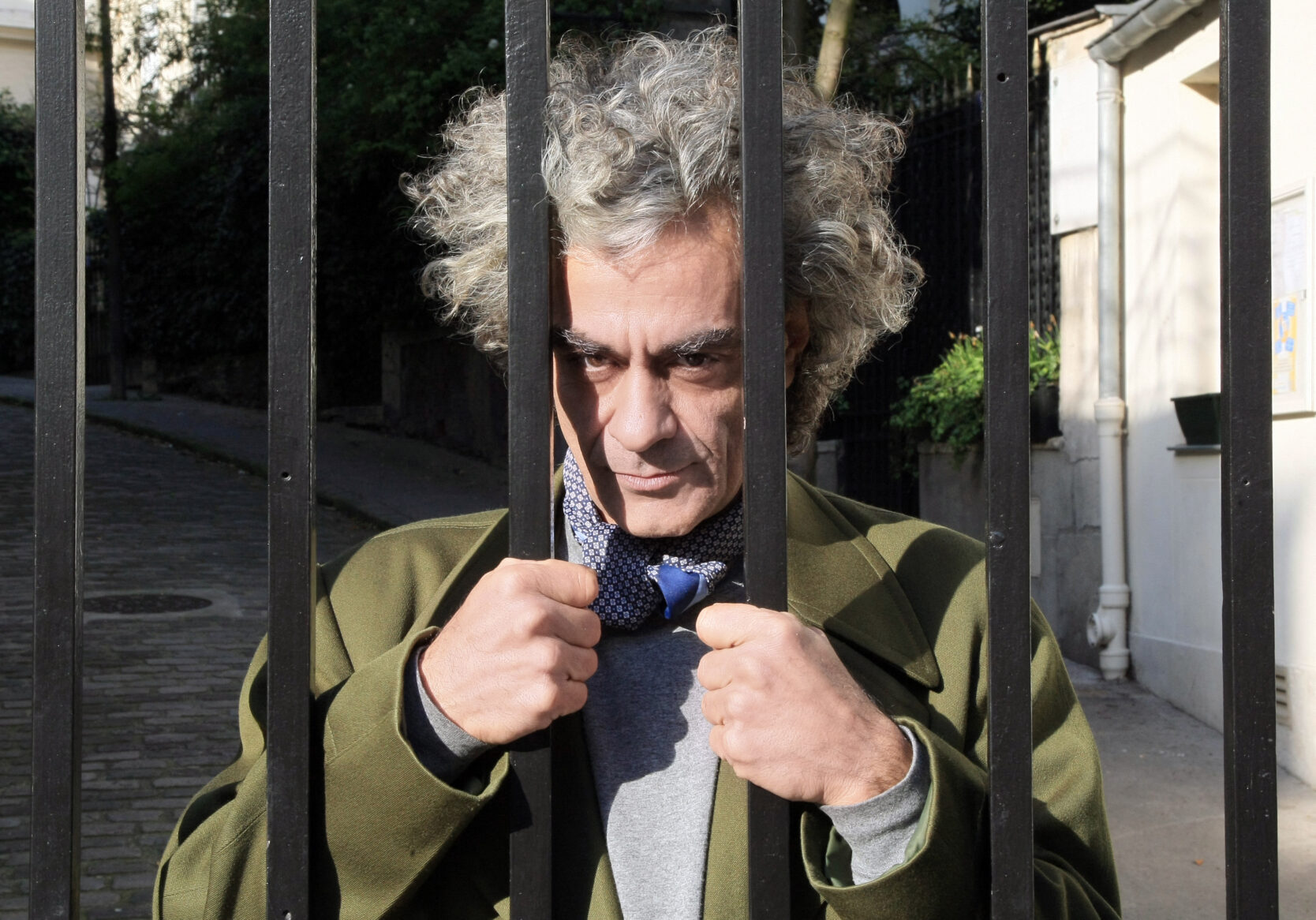It’s 10 p.m. at Café Berlin, an intimate concert venue in Buenos Aires. The servers are frantically rushing bottles of wine and empanadas to the tables of people chatting at the top of their lungs. The lights dim and Daniel Melingo walks on stage to an eruption of applause.
Melingo creeps across the stage like a wolf, holding the audience in a trance as his deep and sultry voice is powered by double bass, guitar, and bandoneon. His evocative lyrics recall dangerous, old-school Buenos Aires when music was an open act of rebellion that could get you killed.
Forty years ago, Melingo was at the forefront of a Latin American musical revolution, recording and touring with acts like Los Abuelos de la Nada, Los Twist, and Charly García. These Latin rock legends are part of a homegrown Argentinian style known as Rock Nacional, forged during one of the most violent military dictatorships of the late 20th century. Decades later, Melingo wears many hats, including rock musician, composer, and, during tonight’s performance, tango singer.
Before the show, Melingo and I step into a quiet cafe. People stare at him through the window, point to their friends, and walk away. When your career is immortalized in movies like the award-winning Argentina 1985, Netflix’s El Amor Despues del Amor, and countless international hit albums, it’s easy to see why.
Melingo sits down and orders a coffee. He’s dressed down in a casual hoodie, far from the vintage tango-inspired suits he wears during his performances. Melingo was born into a family of tango musicians, and fell in love with rock’n’roll through his older cousins. According to Melingo, to understand Rock Nacional, you have to understand tango, the early days of Argentine rock, and, well, dictatorships.
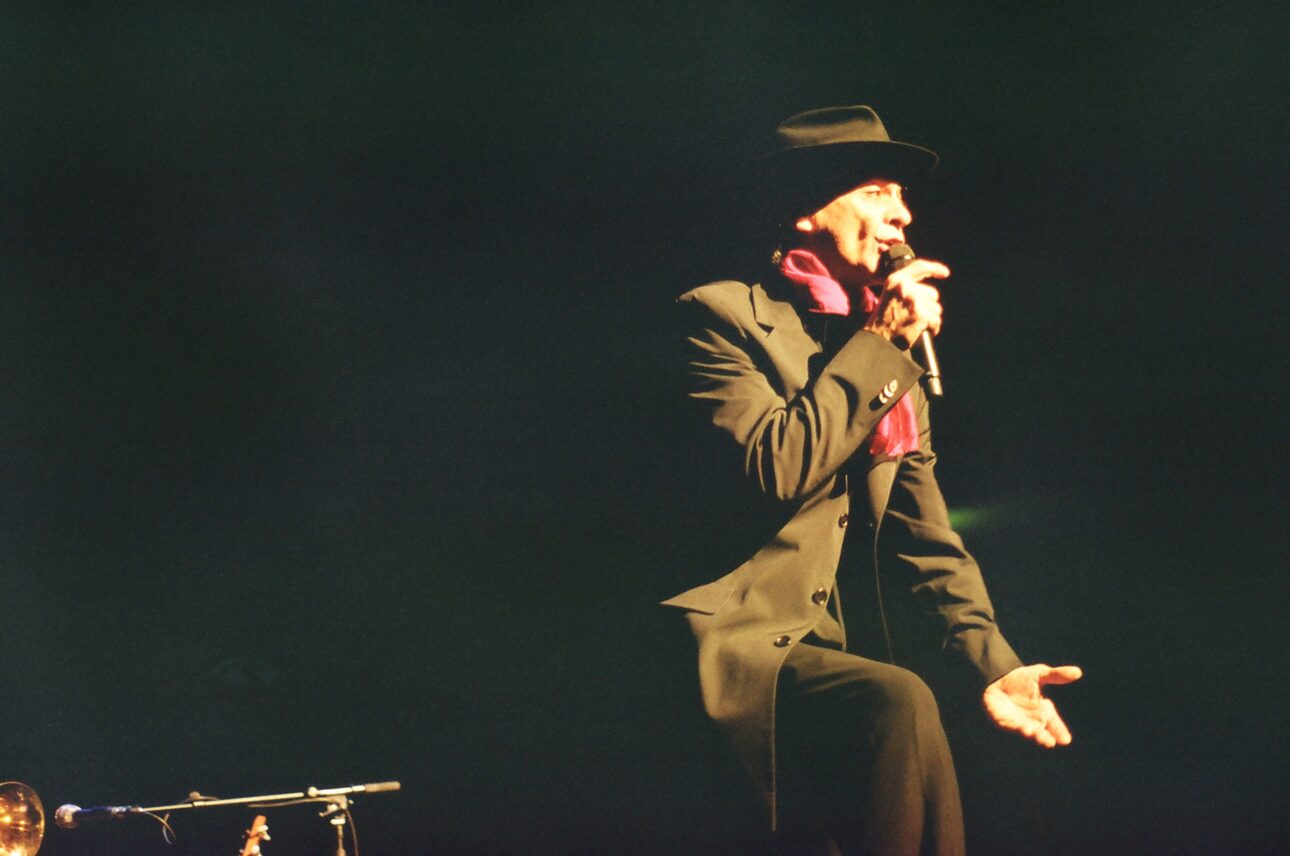
Rock music came to Argentina in the mid-’50s when Buenos Aires radio shows such as Rock and Belfast featured American artists such as Bill Haley and Little Richard. Haley traveled to Argentina in 1958 to perform the first rock concert on Argentine soil. Before long, bands such as Sandro y Los de Fuego began mixing the rhythms of American rock with Spanish lyrics, bringing the conservative country its first taste of rock en español.
The Nueva Ola (New Wave) of Argentine musicians who lived and breathed sex, drugs, and rock’n’roll ushered in the new decade. Leftist political ideals and American blues permeated the growing music scene, and the Argentine media couldn’t get enough of it. Rock music was more popular than ever and its money-making potential drew the attention of every media outlet in the country. This spread the rock’n’roll hysteria further. The media gave Argentine bands more airtime, created more record labels, organized concerts, and fueled the artist’s international fame in other Spanish-speaking countries.
But as the popularity and promotion of the young genre grew, so too did political uncertainty. Argentina teetered between democratic rule and dictatorship for much of the 20th century and in 1966, the country endured its fifth military coup in a decade. Students and young people protested at universities and concerts, and the military responded with extreme violence. Many musicians and fans promoted leftist and communist groups which were forming throughout Latin America. They openly condemned and criticized the government, the influential Catholic Church, and the status quo. Because of this, the government saw rock culture as a direct link to leftist ideals and had no issue in beating or arresting anyone who fit the rocker stereotype.
In the early ‘70s, democracy thankfully returned and artists could once again perform in public. Rock records from Europe and North America became like gold. For young people at the time like Daniel Melingo, music was pouring in from everywhere. Buoyed by this freedom, musicians such as Luis Alberto Spinetta took Argentine rock music in new directions by fusing elements of progressive rock, metal, blues, folk, and tango. “All the pioneers of our rock, like Charly García, Spinetta, Lito Nebbia, Moris, say that there is a great influence from tango – only that it is played with other instruments. All that melancholy and sadness has gotten mixed up with our rock,” says Melingo.
Just as Argentine rock was branching out, politics at home shifted once again. Juan Perón, the polarizing former president famous for his political ideology of Perónism, returned for a short-lived third term. After dying in office, his wife and vice president Isabel Perón was sworn in. As Perónism once again swept over Argentina in 1974, Charly García and Nito Mestre formed the band Sui Generis. Its sound was experimental, complex, political, and unlike anything else. For fans such as Melingo, they became rock heroes.
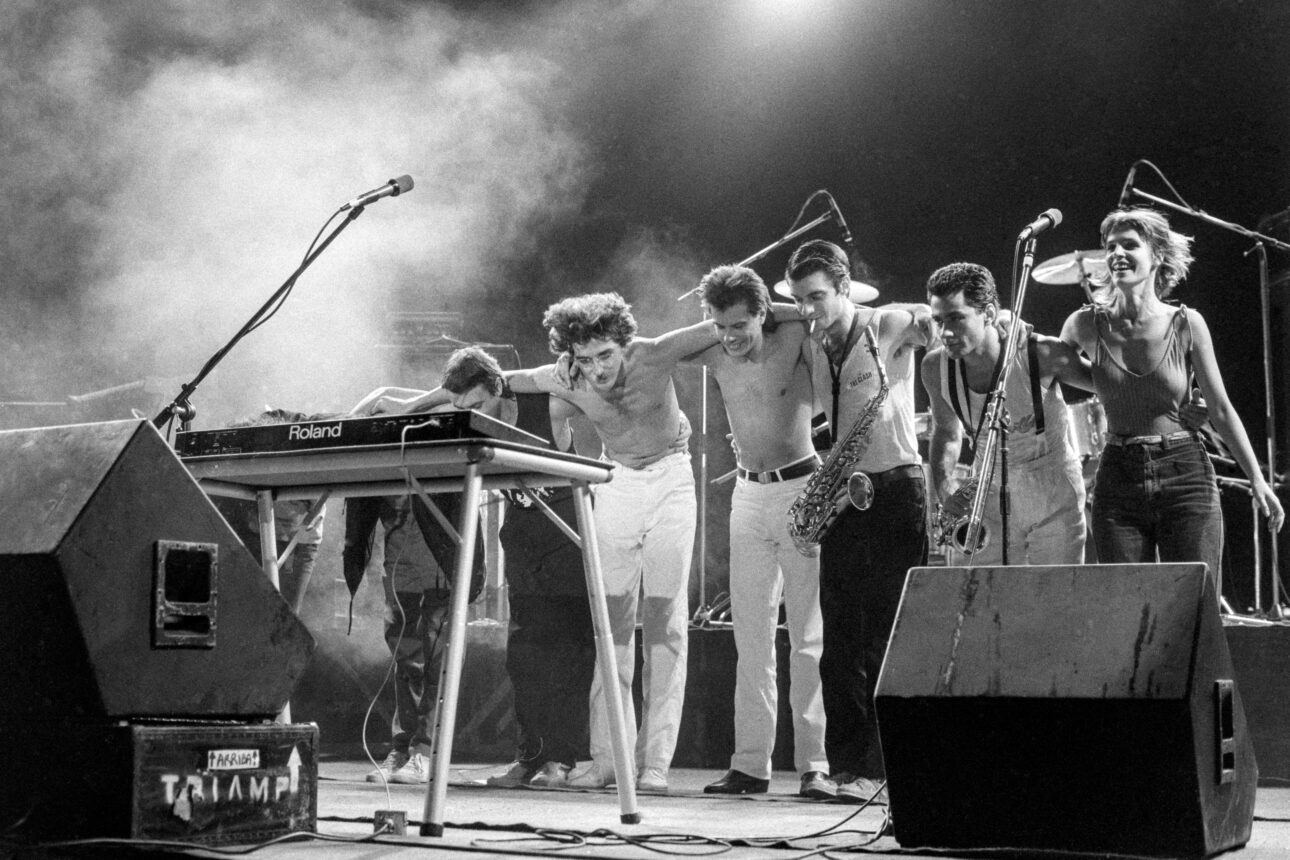
Few songs were more impactful than “Las Increíbles Aventuras del Señor Tijeras.” Lyrics such as “I detest the people who are in power / To say what is good and also what is bad / Only the people, my friend, are capable of understanding” summarized the citizenry’s distrust of its leaders, which would only deepen in the coming years.
Shortly after forming Sui Generis, García and Mestre parted ways and performed an emotionally charged last concert to tens of thousands of fans at Luna Stadium in 1975. Shortly after, while García was planning his solo endeavors and Melingo was entering university to study music, violence broke out between left and right-wing groups throughout the country.
In quick succession, a U.S.-backed military junta known as the Proceso de Reorganización Nacional took control of the country in a coup and installed the ultra-nationalist right-wing general Jorge Rafael Videla as its leader in 1976. His government violently cracked down on dissenters and musicians, triumphantly announcing, “As many people as necessary must die in Argentina so that the country will again be secure.” Musicians, and the country’s youth, were now enemies of the state.
Melingo sips his coffee and sighs, “The situation became really difficult with the military twisting our culture. Military marches were especially loud, so tango and rock were thrown to the side.” The new dictatorship’s Orwellian tactics forced musicians and young people into hiding. If someone went missing, nobody could search for them or speak of their absence, or they too would be made to disappear. With this tactic, the government nullified their lives and deaths.
Once mundane family cars known as Falcon Verdes became symbols of terror and intimidation. “Even today when we see a Falcon Verde, it reminds us of that time when these cars contained police officers and paramilitary forces in disguise,” Melingo recalls. Once abducted, musicians would either be detained, or if they came from low-profile families, killed. “We were taken to the police station to spend the entire night until our identity and background were ascertained. They made you, as we call it, ‘play the little piano’ at the station for background checks,” says Melingo.
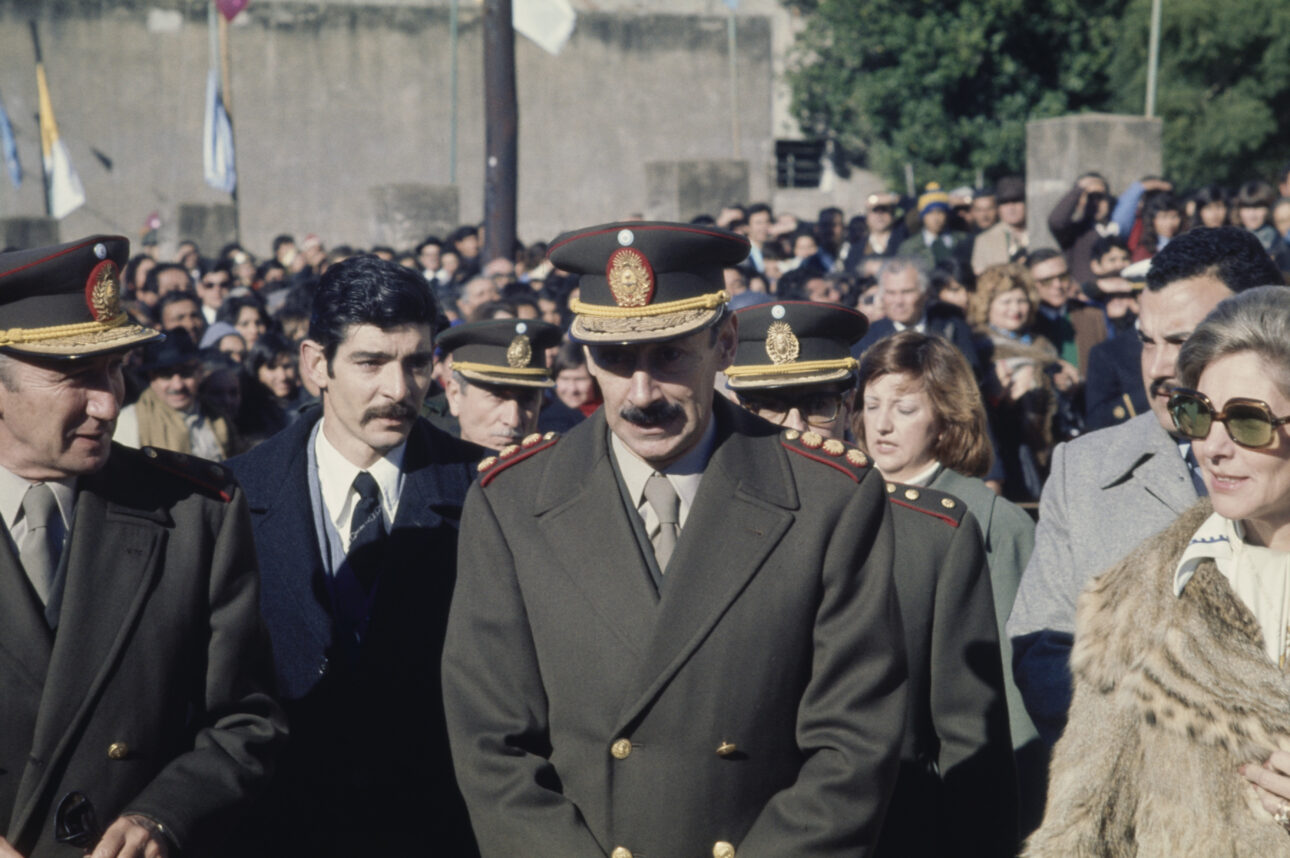
High-profile musicians whose disappearance would cause too much attention were spared, but placed on the so-called black lists. “The list of people blacklisted was massive. Either you went into exile, or you were told you can’t work. You can’t be on TV, you can’t be on stage, you can’t be on the street corner. Your music wasn’t being played, which doesn’t mean it wasn’t being listened to clandestinely,” says Juan Pablo Spicer-Escalante, professor of Hispanic Studies at Utah State University.
Blacklisted musicians now had to record and perform in secret rooms. To confuse the authorities, who were always trying to find new music to censure and people to arrest, musicians used metaphors, double entendres, and allegories in their lyrics. This was a form of coded dissent that only their fans and other artists would catch on to. Fans had only live bootlegs or poor-quality recordings of new music to share, and music became like hidden contraband.
During this chaos, Melingo had enough. “After the 1978 World Cup, I left for Brazil and there my mind opened up,” he says. “It was very interesting to learn different styles with mixtures of Indigenous, African and also European rhythms.” Melingo was a wandering traveler carrying only a clarinet and practically no luggage or money. Yet, he was free and happy. While in Brazil, he met the Grammy-winning artist Milton Nascimento and joined his band. This new life was far from the murderous violence that was taking place back home, and its musical influence on Melingo would be huge.
García came back from his exodus in Brazil with a vengeance and formed Serú Girán, a new supergroup featuring some of Rock Nacional’s most influential musicians. On the song “Cancion De Alicia En El Pais,” the band evaded censorship by couching lyrics in Alice in Wonderland metaphors. “It was never banned, in spite of the brutal criticism that it makes of the military leaders, as well as those who actively or passively fomented the state-sponsored tyranny,” says Spicer-Escalante.
By the early ‘80s, the government was losing its grip on a public jaded by violence. In a rare publicity stunt, the government allowed Queen to play José Amalfitani Stadium in March 1981, and the chance for attendees to see a rock band fill a stadium without fearing for their lives inspired an entire generation of kids to pick up instruments.
Missing friends and family, Melingo returned home and formed a theater group called the Ring Club that same year. Out of this comedic and politically charged group came the idea for the band Los Abuelos de la Nada. Melingo, on saxophone and clarinet, enlisted fellow musicians Cacharro López, Andrés Calamaro, Gustavo Bazterrica, Polo Corbella, and frontman Miguel Abuelo. The band got the attention of García, who after the breakup of Serú Girán took Los Abuelos de la Nada under his wing and produced its self-titled debut album.
Recording still came with inherent dangers. The military police could kick down any door with impunity, and the new band had to play in secrecy. “Human beings adapt to their circumstances when there’s a desire to live out of a basic survival instinct and we learned a lot from that. All that dark time taught us how to survive in hiding,” says Melingo.
Indeed, to drum up patriotic support at home for the bloody Falkland Island War against the British, the government banned music with English lyrics and organized the Festival de Solidaridad Latinoamerican as a fraudulent fundraiser for the troops. Icons of Argentine rock’s early days such as García, Spinetta, and León Gieco were invited to perform. The musicians led with their blacklisted hits, turning the festival into an 80,000-person strong peace protest.
The stunt to win over their disenchanted citizens backfired as songs openly damning the military junta were broadcast throughout the country. Now that rock in English was banned, Argentine bands, including Los Abuelos de la Nada, flooded the radio. The government crumbled in embarrassment and called for elections.
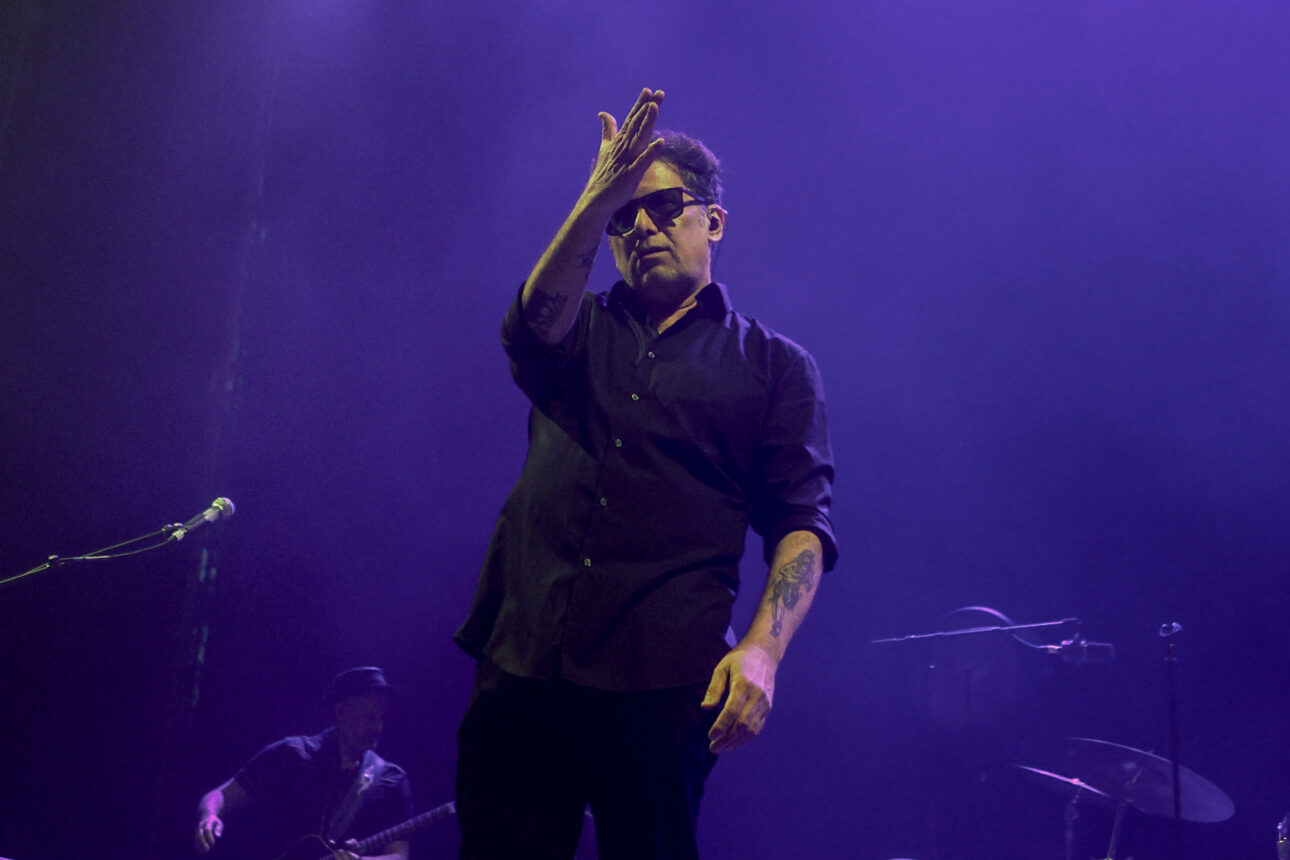
While Los Abuelos de la Nada climbed the charts and democracy slowly returned to Argentina, Melingo began working with Ring Club members Pipo Cipolatti and Fabiana Cantilo. This time, as the guitarist and songwriter, he formed Los Twist. “I met up with Charly and I told him, ‘Charly, I have a band.’ There we were, giving shape to what I had been envisioning as retro music from the late ‘70s and early ‘80s and finally, in 1983, Los Twist emerged,” he says. García produced the new band’s first album, La Dicha En Movimiento, which still ranks as a classic.
Los Twist celebrated the early years of Argentine rock with retro rockabilly mixed with political and humorous lyrics. For fans, the music brought a sense of lighthearted fun that had been missing from Argentine rock for almost a decade. Meanwhile, García released his second solo album, Clics Modernos, as the country began to purge its former murderous leaders, and its hit single, “Los Dinosaurios,” vehemently mocked the dictatorship.
In December 1983, García stepped on stage at a packed Luna Park Stadium with his new band (featuring Melingo) to perform Clics Modernos. Like Queen before it, the band ignited the imaginations of the young people in front of them who’d experienced the same psychological torment, violence, and terror.
Melingo smiles and reflects on those special performances. “For several nights, the adrenaline didn’t stop flowing,” he says. “They were very intense nights of energy from the audience and my comrades Fabi Cantilo, El Gonzo Palacios, Alfredo Toth, Pablo Guyot, Willy Iturri, Fito Paez, and maestro Charly García. Thank you, universe, for letting me be a part of this achievement.”
During the so-called Dirty War period of military rule from 1976 to 1983, some 30,000 people, mostly in their 20s, went missing. All of them are presumed murdered (many were reportedly pushed out of aircraft over the Parana River and Tigre Delta).
After the dictatorship, Argentine acts like Soda Stereo and Sumo enjoyed global stardom. These acts inspired artists in other parts of Latin America and beyond to use their music and lyricism to fight for their causes.
Melingo looks out the cafe window and closes his eyes. “Well, at that time, music was the shelter from all the fire that was outside,” he says. “That’s why many of us chose music and music also chose us.”

